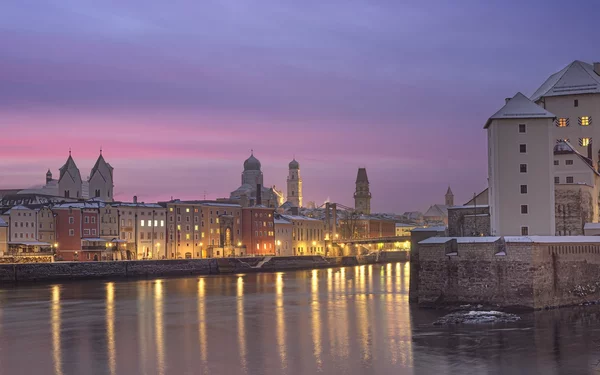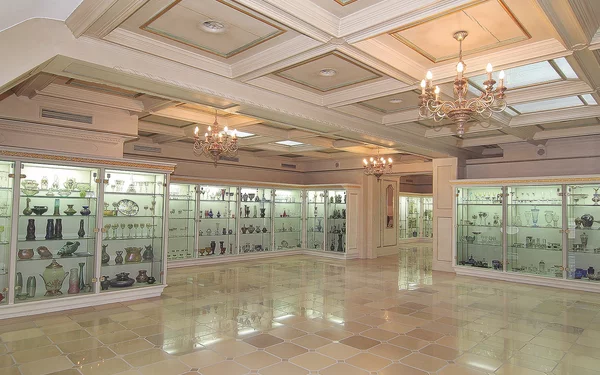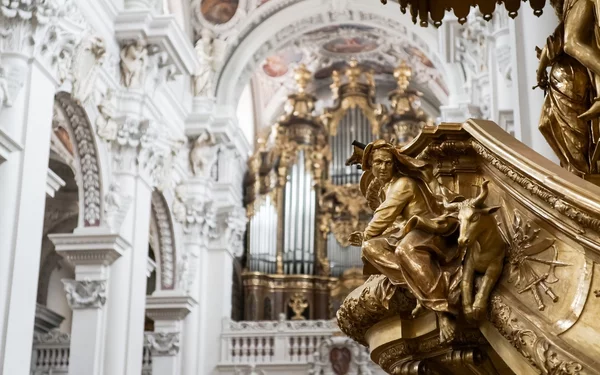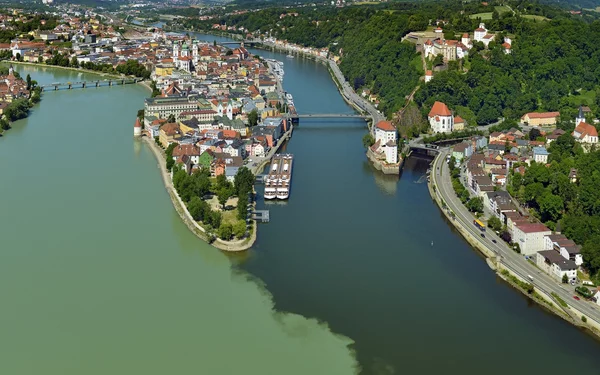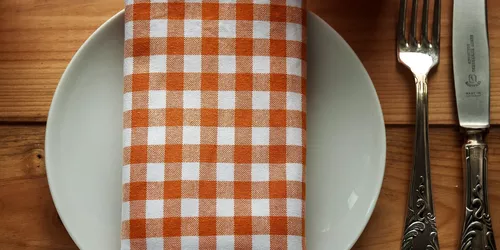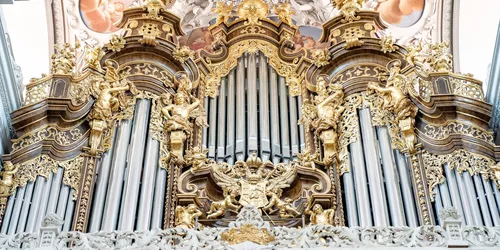Glass art in the city of three rivers
City tour from the cathedral to the Danube
Passau
3 h
5 km
What makes Passau so special? The old town centre is situated on a promontory at the confluence of the Danube, Inn and Ilz rivers. Baroque buildings in softly glowing colours line narrow streets and alleyways. After a town fire in 1662, Italian artists in particular characterised the reconstruction of the town. Because of this and the omnipresent water, Passau is also known as the "Bavarian Venice". Join us on a walk to the cathedral and the Danube, which will also take you to the unique glass museum. The tour is not too long and, with a warming stop at the Brauhäus, is also ideal for autumn and winter.
A city tour for short trips, culture lovers and connoisseurs
Start and end station
Start station
Bahnhof Passau Hbf
4 tour steps
5 km / 3 Stunden
End station
Bahnhof Passau Hbf
Our tip: Please make sure to check your train connection and the expected capacity before you start your journey.
Schedule
Tour starts on Bahnhof Passau Hbf
Direction
The main railway station, built in 1860 in the classicist style, is only about 10 minutes' walk from the old town. Take Bahnhofsstraße and Ludwigstraße into the Old Town and turn right into Grabengasse. Via Carlonegasse you reach the cathedral square with the baroque cathedral shining from afar.
Direction
Schrottgasse 2
94032
Passau
Direction
Domplatz 7
94032
Passau
